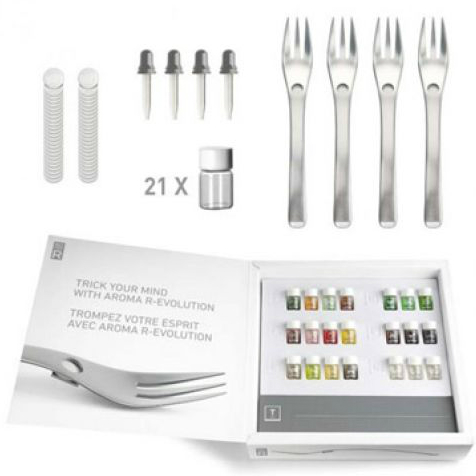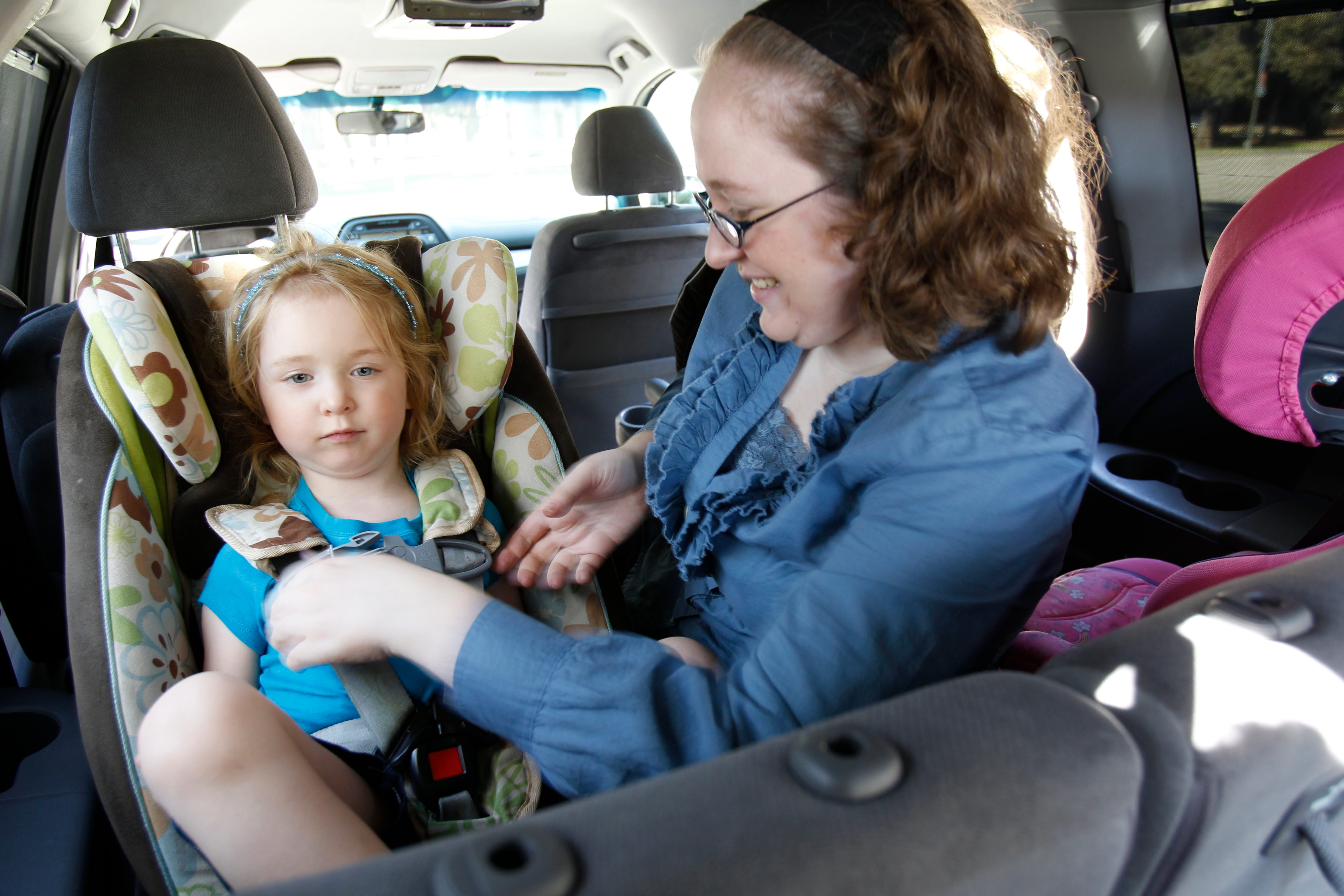How to Manage Parenting Stress
Congratulations! You’ve waited nine months, read up on parenting books, painted the nursery, and your bundle of joy has finally arrived. Now what?
For many, the birth of a child is among the happiest events in life. Adjusting to life with a newborn also can be extremely stressful — especially if you’re a first-time parent. Worry, lack of sleep, intense emotions, and new routines can all contribute to heightened stress levels.
When your time is consumed by taking care of a helpless infant, it’s important to remember to take care of yourself too.
Get Moving
In between feedings and diaper changes, it may seem like there’s no time for a workout. However, there are ways to make exercise part of your new parenting routine. Try to fit in more movement throughout the day.
You can do squats at the changing table or sit-ups while your baby is in a rocker. You can even let loose in the living room and entertain your tiny, captive audience with an impromptu dance party.
Research shows that physical activity reduces the hormones cortisol and adrenaline, which are linked to stress. Additionally, the Anxiety and Depression Association of America reports that exercise can also reduce fatigue and sharpen alertness, so you can give your baby your best.
Take It Outside
Make a point of getting out of the house for some exercise every day. Exercise, plus a change in scenery, can calm frayed nerves and boost your mood. Even 30 minutes of moderate exercise, like a brisk walk, can have brain benefits, including improved mood and more energy. can bring your baby along in a stroller or carrying pack.
Research published in Sleep Medicine has also shown a link between aerobic exercise and improved sleep — an essential for new parents. Depending on your baby’s age, you may be able to attend “Mommy and Me” yoga and water aerobics classes. You’ll get a workout, bond with your baby, and connect with other parents.
Stay Connected
Life with a newborn can feel lonely and overwhelming. Concern about doing everything right and not knowing what to expect can add to stress.
Get emotional support and stay connected to your support system by talking with your partner, friends, or family members. It may help to know that your experience is typical. Other parents may have great advice on how to survive a challenging first year.
Find Your Inner Zen
Calm your frazzled nerves and silence negative thoughts with some simple mindfulness exercises, like these from Mayo Clinic. A type of meditation, mindfulness practice has been linked to decreased cortisol levels and anxiety. It may also improve sleep.
To try it, find a quiet space while your partner or another caregiver is watching your baby, even if just for a few minutes. Sit comfortably, close your eyes, and focus on your breathing or bodily sensations. If worries or a review of your to-do list crowd your mind, gently refocus without judging yourself.
Lighten the Mood with Laughter
You’re sleep deprived, the house is a disaster, and you’re changing your eighth diaper before lunch. It can be hard to see the humor, but a good laugh may help diffuse household tension and lighten your mood. In fact, researchers at Loma Linda University found that even the anticipation of laughter can decrease cortisol levels in the brain.
Try watching a favorite comedy with your partner or a friend when your little one is (finally) sleeping. A baby’s laughter can also be infectious. Most infants start to laugh at around three to four months. Try to get some giggles out of your baby with tickling and silly sounds or faces. You may find yourself joining in.
Keep Perspective
When you feel overwhelmed, it may help to remember that the stressful newborn phase is only temporary. Your baby will eventually sleep through the night, and you’ll be a parenting pro.
Before you know it, your little one will be walking and talking. Soon you’ll have a whole new set of parenting joys and challenges to look forward to
Source: healthline


























